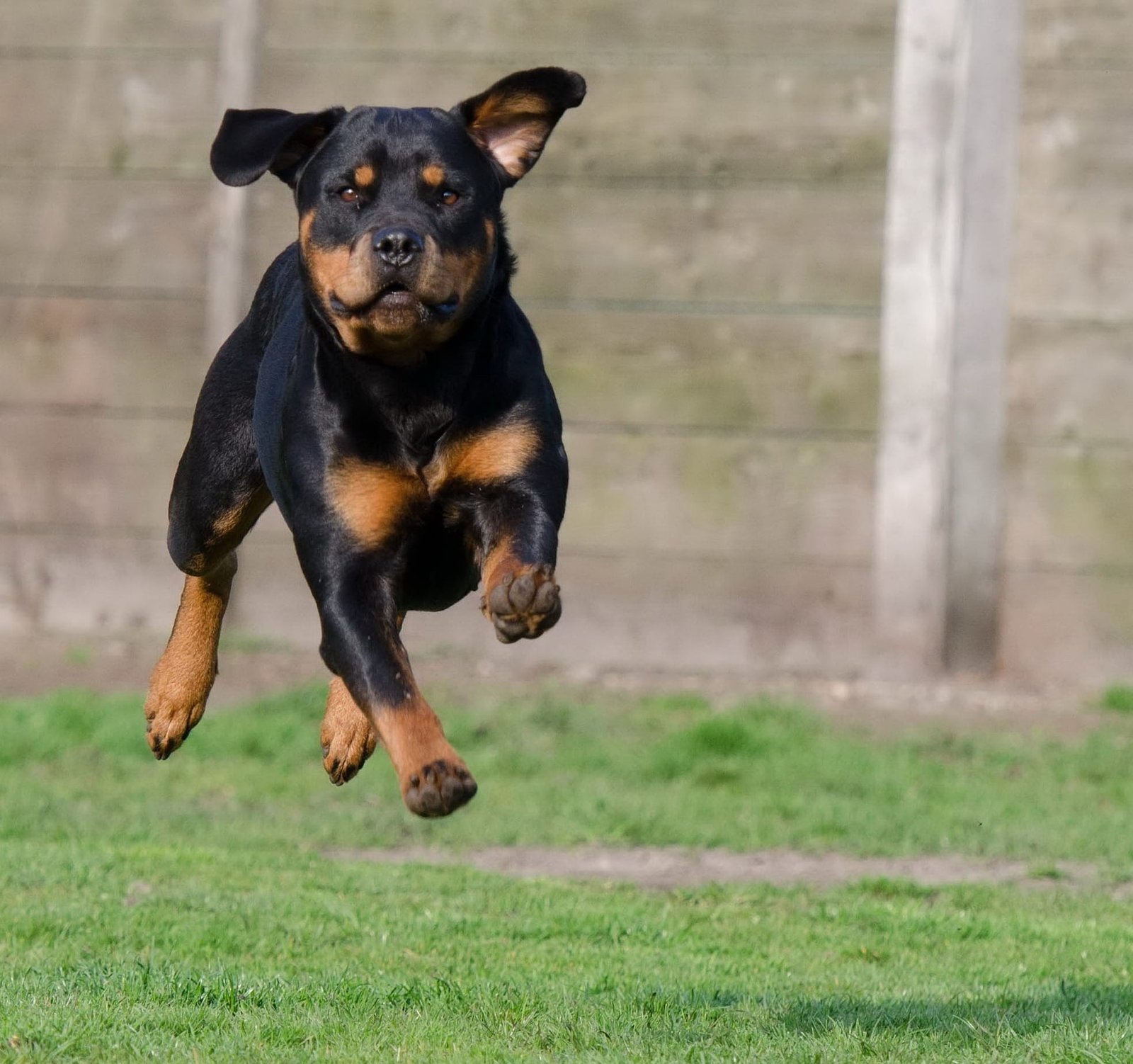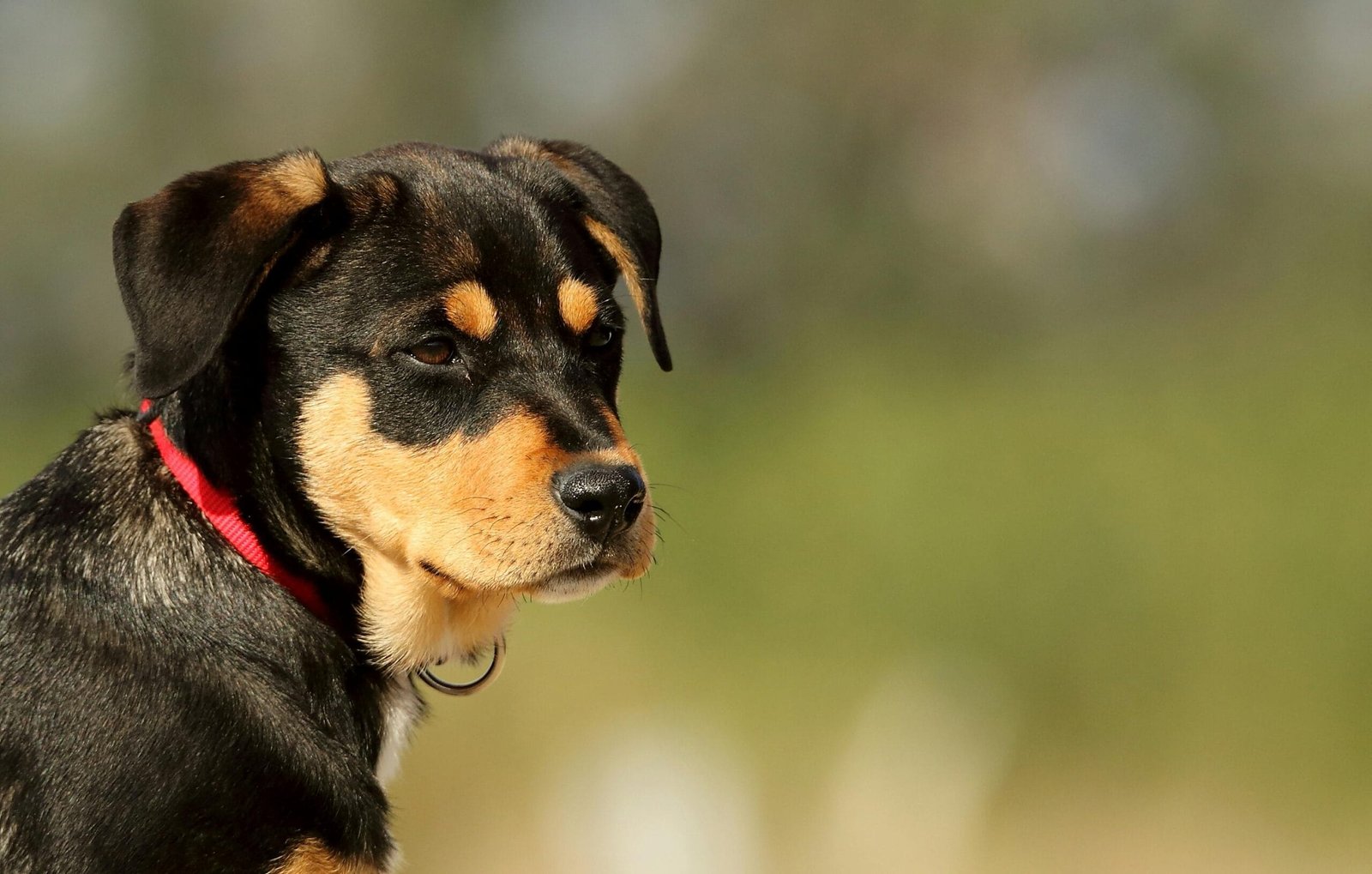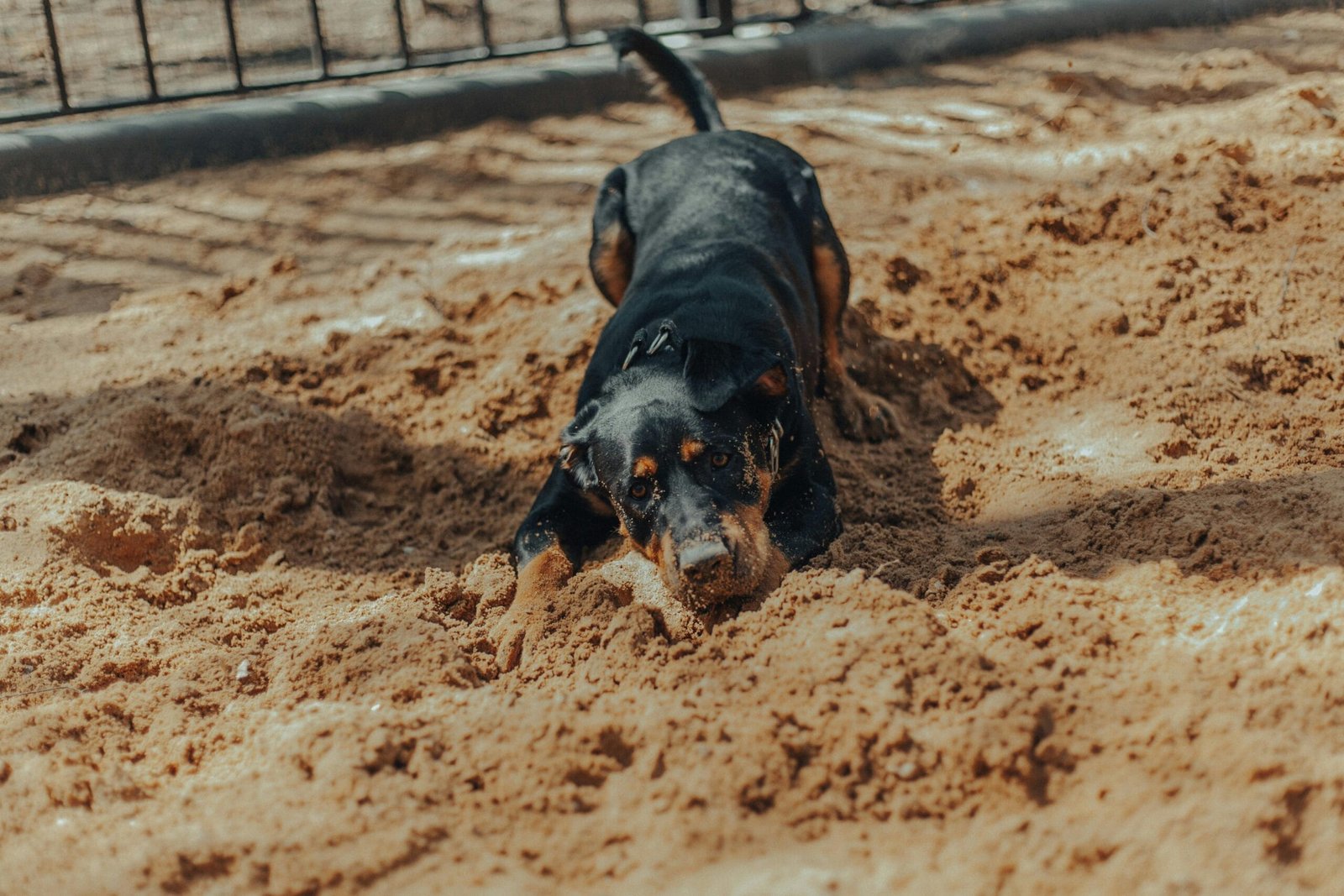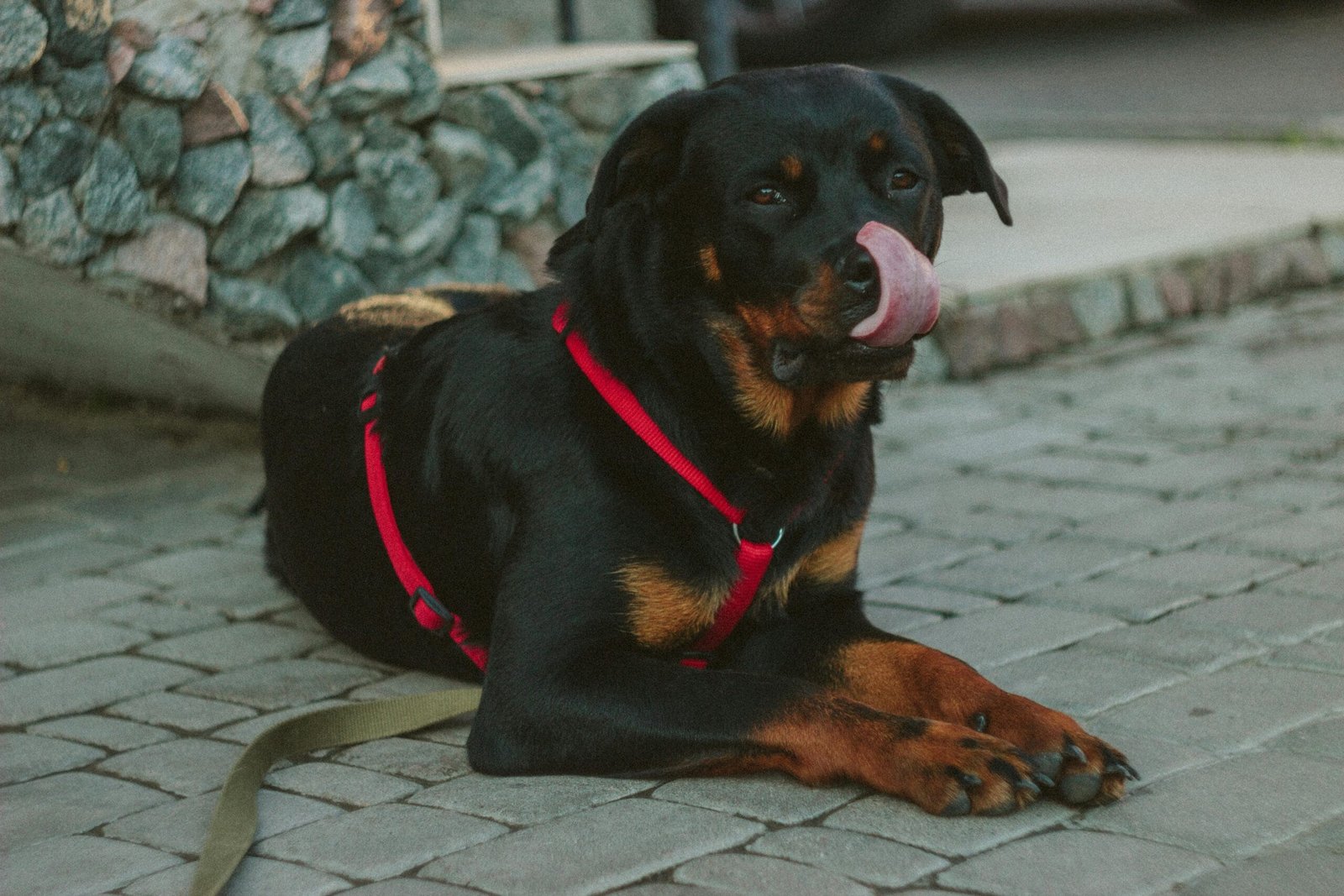Rottweiler Dog Training: Essential Tips for Success
Introduction
Rottweilers are known for their loyalty, intelligence, and protective nature, making them exceptional companions and working dogs. However, without proper training, their strong instincts can lead to undesirable behaviors. Rottweiler dog training is crucial for ensuring that these powerful dogs are well-behaved, obedient, and a joy to have around.
In this post, we will explore effective training methods, common challenges, and essential tips for successfully training your Rottweiler.
Why Training is Essential for Rottweilers?
Rottweilers are natural protectors, often exhibiting behaviors such as guarding their family and territory. While these traits can be beneficial, they can also lead to problems if not managed correctly. Proper training helps:
- Establish a bond: Training sessions create an opportunity for you to spend quality time with your Rottweiler, strengthening your relationship.
- Ensure obedience: Consistent training leads to a well-behaved dog who responds to commands, making life easier and safer.
- Minimize behavioral issues: Without proper training, Rottweilers can exhibit aggression, anxiety, or hyperactivity, which can be challenging to manage.
- Enhance safety: A well-trained Rottweiler is less likely to engage in dangerous behaviors that could put them or others at risk.
Best Age to Start Training a Rottweiler
Starting training at the right age is key to success. Here’s a quick guide:
- Puppies (8-16 weeks): Begin basic obedience training and socialization. This is the ideal time to introduce your Rottweiler to new experiences and environments. The basis for a well-mannered adult dog is laid early in life.
- Adolescents (6 months – 1 year): Reinforce commands and continue socialization. Be prepared for some stubbornness during this phase as Rottweilers become more independent and test boundaries.
- Adults (1 year and older): It’s never too late to train an adult Rottweiler, but be mindful that older dogs may require more patience and consistency. Focus on reinforcing good habits and addressing any behavioral issues that may have developed.
Basic Obedience Training for Rottweilers
Teaching basic commands is foundational for any Rottweiler’s training. Here are key commands to focus on:
- Sit: Start by holding a treat above your dog’s nose and moving it back. When they sit, reward them with praise and the treat. Until they start to connect the command with the action, repeat this multiple times.
- Stay: Once your Rottweiler masters “sit,” extend the time before rewarding them, gradually increasing the distance you move away. Start with short distances and slowly work your way up as they improve.
- Come: Use a long leash in a safe area. Call your dog and gently pull the leash toward you if needed, rewarding them when they reach you. This command is vital for safety, especially in outdoor settings.
Training Tips for Basic Commands
- Short Sessions: Keep training sessions to about 5-10 minutes, especially for puppies. This keeps them motivated and focused.
- Consistency: Use the same words and gestures for commands every time to avoid confusing your dog.
- Positive Reinforcement: Always reward your Rottweiler immediately after they perform a desired action to reinforce learning.
The Importance of Socialization in Rottweiler Training (Socializing Your Rottweiler)
Socialization is crucial for Rottweilers to develop into well-rounded dogs. Here’s how to do it:
- Introduce to new people: Invite friends over to meet your Rottweiler. Promote calm behavior and reward it with compassionate interactions.
- Visit dog parks: Allow them to interact with other dogs in a controlled environment. Monitor their playtime to ensure positive interactions.
- Expose to different environments: Take your Rottweiler on car rides, walks in the city, or visits to pet-friendly stores. This helps them become accustomed to various sights, sounds, and experiences.
The Importance of Early Socialization
Fear-based aggressiveness can be considerably decreased by early socialization. Here are some additional tips for successful socialization:
- Puppy Classes: Enroll your Rottweiler in puppy training classes to expose them to other dogs and people.
- Positive Experiences: Ensure all socialization experiences are positive. Reward your dog for calm behavior in new situations to build their confidence.
Typical Training Challenges and Solutions
Rottweilers can present unique challenges during training. Here are common issues and solutions:
- Stubbornness: Be patient and consistent. Use positive reinforcement to encourage desired behaviors. If your Rottweiler refuses to comply, reevaluate your training methods and try different approaches.
- Barking: Recognize the causes and realign their focus. Train them with commands like “quiet” when they bark unnecessarily. Consistent training helps them learn appropriate barking behavior.
- Aggression: Consult a professional trainer if you encounter aggressive behavior. Early intervention is crucial to address and manage aggression effectively.
Handling Specific Behavioral Issues
- Separation Anxiety: Rottweilers can be prone to separation anxiety. Gradually accustom them to being alone for short periods and gradually increase the time.
- Jumping Up: Teach your Rottweiler to greet people politely by rewarding them when they remain seated rather than jumping.
Positive Reinforcement and Reward-Based Training
Positive reinforcement is an effective method for training Rottweilers. Here are tips to implement this technique:
- Use treats: Choose small, tasty treats your dog loves. To keep them interested, switch up the prizes.
- Praise: Verbal praise and petting can reinforce good behavior. Use an enthusiastic tone to encourage your dog.
- Consistency: Always reward your dog immediately after they perform a desired action. This helps them associate the command with the behavior.
Why Positive Reinforcement Works
Positive reinforcement is effective because it motivates your Rottweiler to repeat desired behaviors. This method strengthens the bond between you and your dog and fosters a positive training environment.
Advanced Training Techniques for Rottweilers
Once your Rottweiler has mastered basic commands, consider advanced training techniques:
- Agility Training: Teach your dog to navigate an obstacle course, enhancing their physical and mental skills. This not only improves obedience but also provides a fun outlet for energy.
- Guard Dog Training: If appropriate, train your Rottweiler to protect your home while maintaining obedience. This requires specialized training and should be done by a professional to ensure safety.
Creating a Balanced Training Plan
- Mix Training Types: Incorporate a variety of training methods, including obedience, agility, and scent work, to keep your dog engaged and mentally stimulated.
- Regular Practice: Schedule regular training sessions to reinforce learning. Consistency is key to maintaining good behavior.
How much time does it take to train a Rottweiler?
The duration of training varies based on factors like age, prior experience, and the specific goals you have. Generally, expect:
- Basic Commands: 4-6 weeks of consistent training, depending on the individual dog’s learning pace.
- Obedience Training: 3-6 months for comprehensive obedience training, including recall, leash walking, and impulse control.
- Advanced Training: 6 months or more, depending on the complexity of the commands and the consistency of training.
Setting Realistic Expectations
Remember that training is an ongoing process. Rottweilers may require continuous reinforcement of commands throughout their lives to maintain good behavior.
Conclusion
Training your Rottweiler is an essential investment in their well-being and your relationship with them. By employing consistent, positive reinforcement techniques and socializing them from a young age, you can help your Rottweiler grow into a well-mannered companion. Remember, patience and persistence are key to successful Rottweiler dog training. For additional resources go to , check out our posts on basic dog training techniques and healthy treats for training.
Reference







